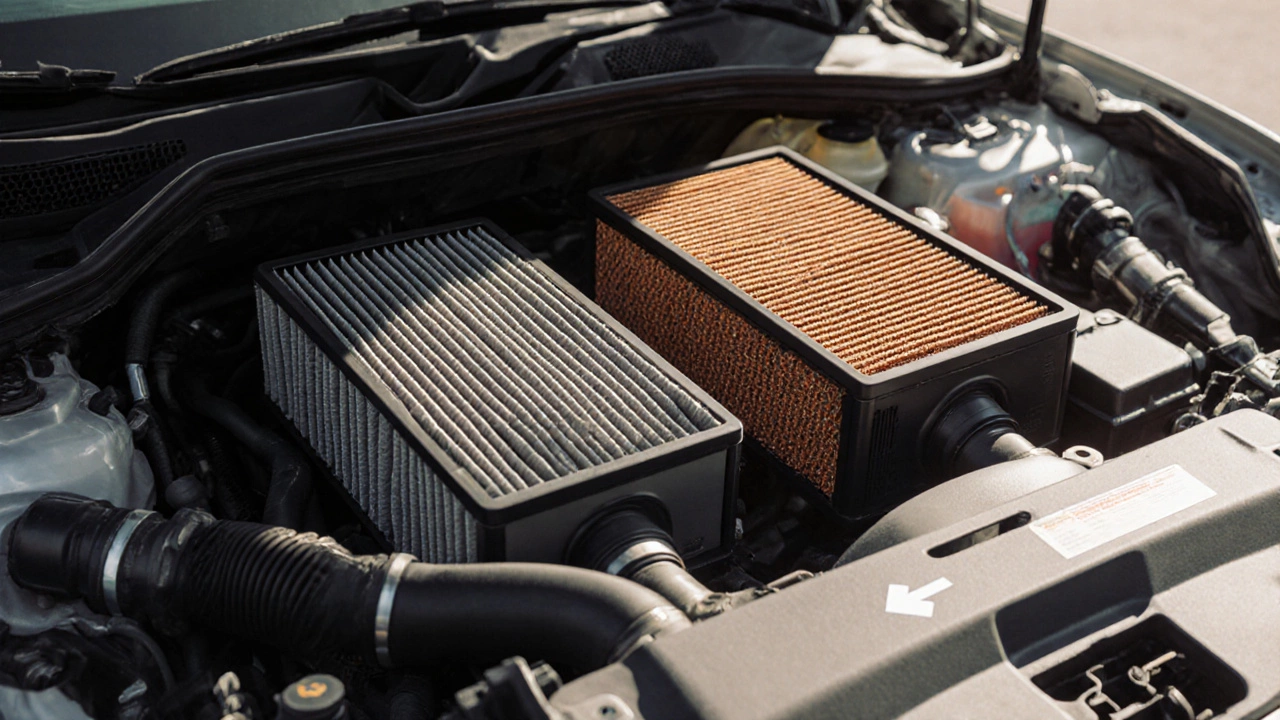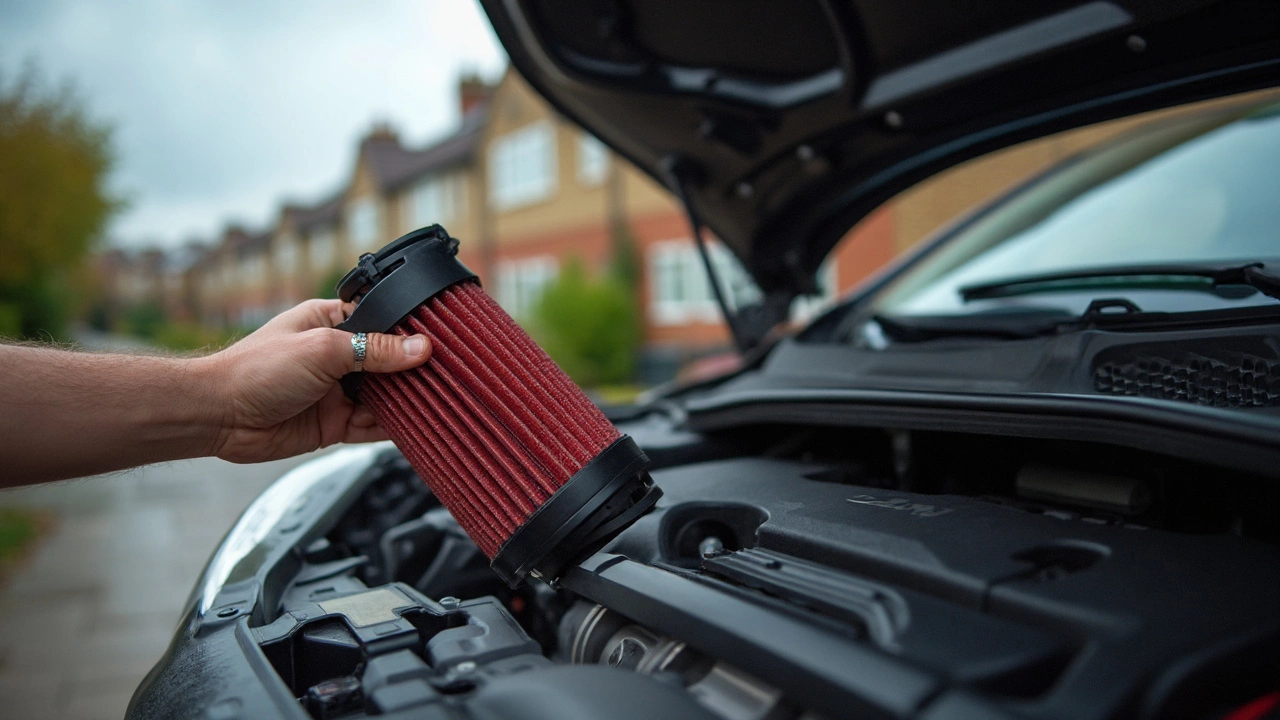Horsepower Gain: Simple Tricks to Add Real Power
If you’ve ever wondered how to get a little more zip out of your ride, you’re in the right spot. You don’t need a race‑car budget or a garage full of tools. A few smart swaps and a bit of know‑how can give you noticeable power gains without compromising reliability.
1. Breathe Better – Air Filters and Intake
One of the easiest upgrades is a better air filter. A high‑flow K&N filter, for example, lets more air into the engine while still keeping out dust. Cleaner air means the engine can burn fuel more efficiently, which translates to a few extra horses. If you’re not ready to splurge, a cheap performance filter can still beat the stock paper part.
Don’t stop at the filter. A cold‑air intake (CAI) moves the intake location to a cooler spot, usually near the front bumper. Cooler air is denser, so each combustion cycle gets a tiny boost. Installing a CAI usually takes under an hour and adds 3‑7 hp on most cars.
2. Let It Out – Exhaust and Muffler
A restrictive exhaust is like a clogged nose for your engine. Upgrading to a cat‑back or axle‑back system reduces back‑pressure, letting exhaust gases exit faster. You’ll hear a deeper tone and, more importantly, gain a few horses and a bit of torque.
If you want an even cheaper route, swapping the stock muffler for a performance version can free up flow. Just make sure the new part is legal in your area – some countries have strict noise limits.
3. Tune the Engine
Modern cars have an ECU (engine control unit) that decides how much fuel and spark to use. A simple flash tuner or a handheld programmer can adjust those settings for more power. Many tuners have preset maps for “street” or “track” modes, so you don’t need to be a mechanic to use them.
Be careful: a very aggressive tune can stress the engine and void warranties. Stick to modest gains – 5‑10 hp is a safe range for most daily drivers.
4. Reduce Weight
Power isn’t just about how much the engine can make; it’s also about how much the car has to move. Removing unnecessary weight – like spare tires, heavy floor mats, or even a rear‑seat hatch – can feel like a power boost. Every 100 lb shed can improve acceleration by roughly 0.1 seconds in the 0‑60 test.
5. Keep It Clean
A well‑maintained engine runs better. Regular oil changes, fresh spark plugs, and clean fuel injectors keep the combustion process efficient. Even a simple fuel system cleaning can recoup a few lost horses after years of neglect.
Combine any two of these upgrades and you’ll notice a clear difference in how the car pulls. The key is to pick the changes that fit your budget and driving style. You don’t have to do everything at once – start with the cheapest, easiest fix and see how it feels.
Remember, safety comes first. After any modification, give the car a quick road test and listen for unusual noises. If something feels off, double‑check your install or get a professional to look at it.
With a little effort, you can turn a modest daily driver into a more exciting ride. It’s not about crazy numbers; it’s about feeling the extra punch when you hit the gas. Go ahead, try one upgrade, and enjoy the extra horsepower you’ve earned.

Performance Air Filter: How Much Horsepower Gain Is Real?
Discover how a performance air filter impacts horsepower, torque, and fuel efficiency. Learn real‑world gains, installation steps, maintenance tips, and cost‑benefit analysis for your car.

How Much HP Does a K&N Drop-In Filter Add?
Curious if a K&N drop-in filter really boosts your car’s horsepower? This article breaks down what actually happens under the hood and how much HP you can expect from this quick mod. Find out the factors that influence gains, learn some tips for getting the most from your filter, and see if the upgrade is worth your money. Real-life data and honest advice straight from car enthusiasts. No hype, just what works—and what doesn't.